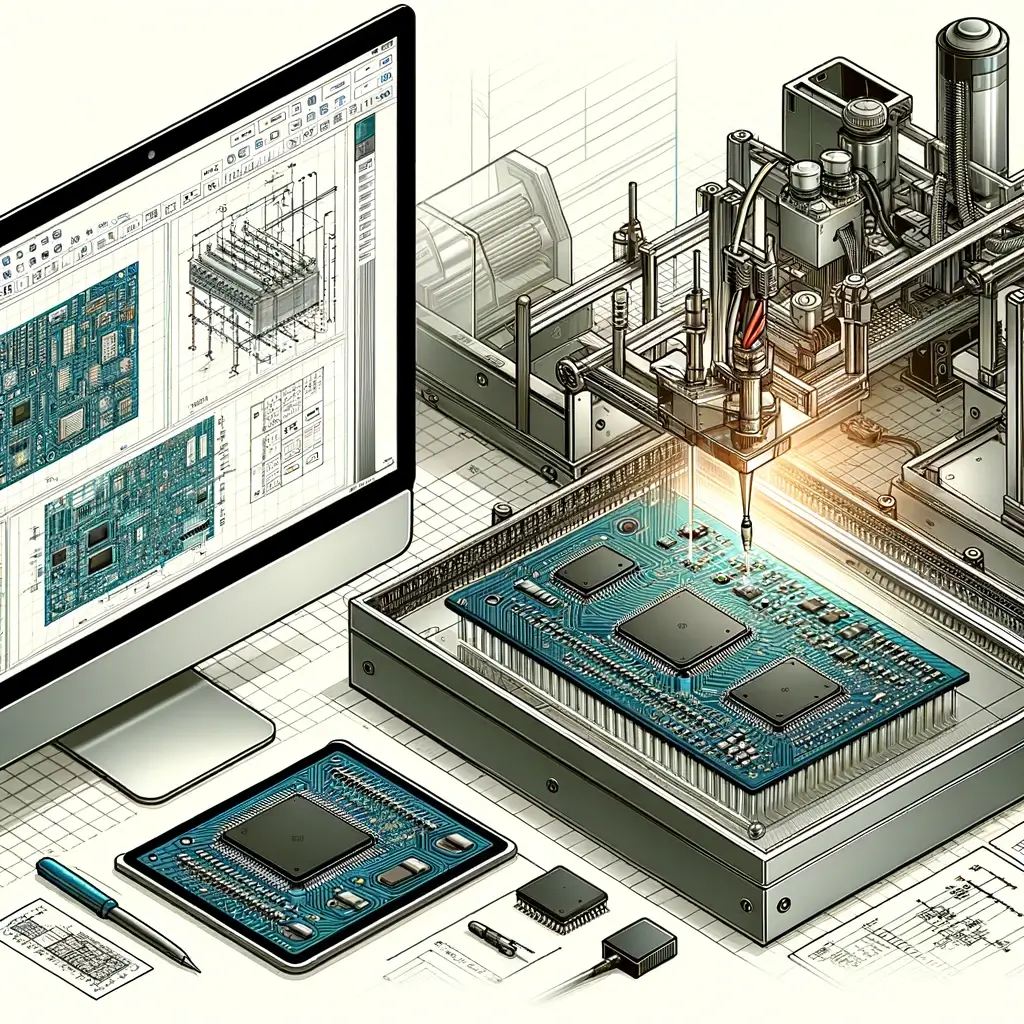How are Printed Circuit Boards Useful for Technology?
Pinted circuit boards drive the engine of modern electronics today as almost all kinds of electronic circuitry require PCB designed and implemented circuits to perform their functions. Printed circuit boards which may also be called Printed wiring boards or Printed wiring cards are the fundamental blocks in advanced modern circuits and advanced modern electronics. A PCB is a rigid board made from the laminate comprising mostly glass epoxy base material with the coating of copper on single or either side of it.
There are different types of printed circuit boards available today having different properties and uses. When the base material of the printed circuit board is taken into account, the PCBs can be classified into two type i.e. flexible circuit boards and rigid circuit boards.
Some of the common uses of the different types of Printed Circuit Boards (PCBs) are listed as below:
- They allow efficient design improvements for electronic circuitry.
- They are neater and organized to be used in the equipment.
- They are more flexible and allow less space usage for making smaller equipment.
- They enhance the performance of the electronic equipment.
- They can be easily replicated.
- They remove the need for the use of wire harness making the circuit more efficient.
- Losses in Printed Circuit Boards are less as compared with the traditional circuits.
- They simply the arrangement of highly complex circuits.
- They provide room and opportunity for design improvements by possessing the three-dimensional flexibility as a rigid-flex PCB can take various geometrical shapes without affecting the reliability, durability and efficiency of the system
- The flexible circuits are resistant to resistance and shock and hence the cost of repair and replacement is greatly reduced as compared with the rigid circuits.
- On flexible circuits, the bonded stiffeners can be placed in order to achieve the greater mounting capability of rigid printed circuit boards in the Flexible Printed Circuit Boards.
- The flexible circuits being made of polyimide films are also light in weight as compared with the rigid circuits and hence result in lightweight devices. The flexible circuits have anti-vibration benefits and can be used in harsh environments.
- The impedance control in flexible circuits is superior as compared with the rigid circuits.
- The failure during the PCB assembly in case of flexible Printed Circuit Boards is also less as compared with the rigid Printed Circuit Boards.



